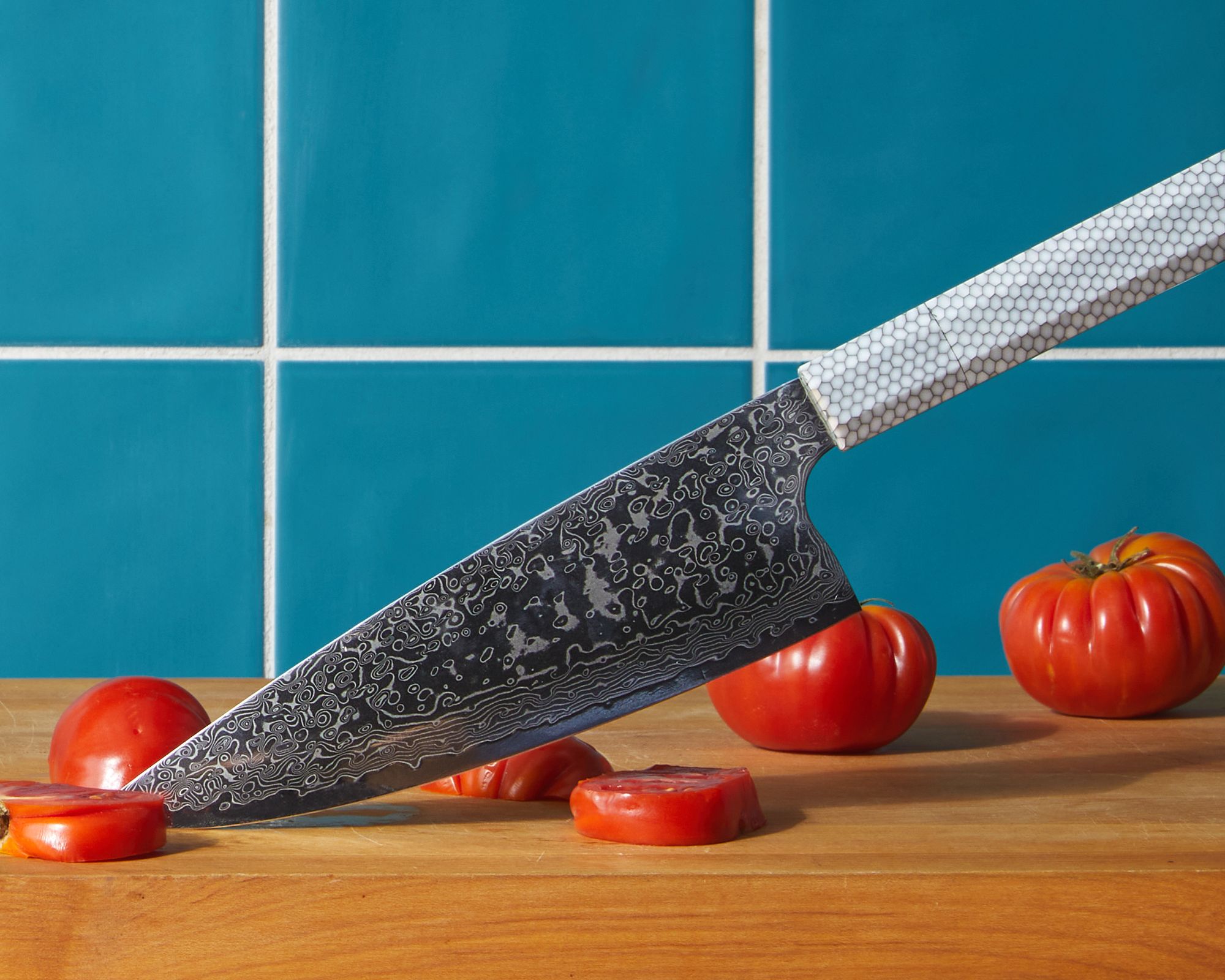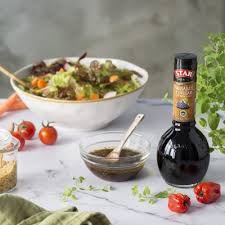Types of Knives: A Comprehensive Guide

Knives have been essential tools for humans for millennia, serving a variety of purposes from culinary art to outdoor survival. With advancements in technology and craftsmanship, the variety of knives available today is vast, each designed to meet specific needs and preferences. In this guide, we’ll explore the different types of knives, their unique features, and their intended uses.
Kitchen Knives: The Culinary Essentials
Chef’s Knife
The chef’s knife is a staple in any kitchen, characterized by a broad, typically 8 to 12-inch long blade. It’s a versatile tool, ideal for chopping, slicing, and mincing a variety of foods. The weight and balance make it suitable for heavy-duty tasks like cutting through tough vegetables or disjointing large cuts of meat.
Paring Knife
The paring knife, with its short and narrow blade, is perfect for peeling and other intricate work like deveining shrimp or removing seeds from peppers. Its precision is unmatched in the kitchen for detailed tasks.
Bread Knife
With a long, serrated blade, the bread knife is designed to cut through bread without crushing it. The saw-like edge allows it to glide through crusty bread with ease, making it a must-have for any bread lover.
Santoku Knife
Originating from Japan, the Santoku knife is similar to the chef’s knife but with a shorter, thinner blade. It’s excellent for slicing, dicing, and mincing, especially for precise cuts in vegetables and fish.
Boning Knife
A boning knife, with its thin, flexible blade, is used for separating meat from bone. Its agility allows for precise control in cutting around joints and bones.
Outdoor and Tactical Knives: For the Adventurous Soul
Hunting Knife
Designed for hunters, this knife has a sharp, durable blade, often with a slight curve, ideal for skinning and preparing game. It’s built to handle the rigors of outdoor use.Knife Mentor has published many articles on hunting knives and shared their experiences.
Survival Knife
Survival knives are robust, versatile tools designed for various tasks in the wilderness, from cutting wood to preparing food. They often come with additional features like a serrated edge for sawing or a hollow handle for storing small survival gear.
Pocket Knife
Compact and foldable, the pocket knife is an everyday tool, great for a variety of tasks from opening boxes to whittling wood. It’s a practical choice for everyday carry.
Tactical Knife
Tactical knives are designed for self-defense and military use. They are typically robust, with a focus on quick deployment and durability under extreme conditions.
Specialty and Cultural Knives: Unique and Traditional Designs
Nakiri Knife
A Nakiri knife is a Japanese vegetable knife, recognizable by its straight blade edge and squared-off tips. It’s designed specifically for chopping vegetables with a swift, straight-down motion.
Kirpan
The Kirpan is a ceremonial sword or knife carried by Sikhs. It symbolizes a Sikh’s duty to protect the weak and uphold justice and moral values.
Machete
Common in tropical regions, the machete is a large, cleaver-like knife used for agricultural tasks like cutting through thick vegetation or sugar cane. Its versatility also makes it a handy tool for outdoor survival.
Mezzaluna
A Mezzaluna is an Italian knife consisting of a curved blade with a handle on each end, used for chopping herbs or making pesto. Its rocking motion allows for quick, efficient chopping.
Collectible and Artisan Knives: A Craftsmanship Showcase
Damascus Knife
Named after the ancient technique used to create them, Damascus knives are renowned for their distinctive wavy patterns on the blade. These knives are not only functional but also highly collectible due to their unique beauty and craftsmanship.
Custom Handmade Knives
Artisans around the world create custom handmade knives, each piece unique in its design, materials, and purpose. Collectors and enthusiasts often seek these out for their bespoke quality and artistic value.
Conclusion
In conclusion, the world of knives is as diverse as it is fascinating. Each type of knife serves a specific purpose, crafted to meet the needs of its user, whether in the kitchen, outdoors, or as a piece of cultural or artistic significance.
Understanding the types and uses of knives not only enhances our appreciation for this ancient tool but also guides us in choosing the right knife for our needs. Whether you are a chef, an outdoorsman, a collector, or just someone who appreciates the utility and beauty of knives, there is a knife out there for every purpose and every person.



